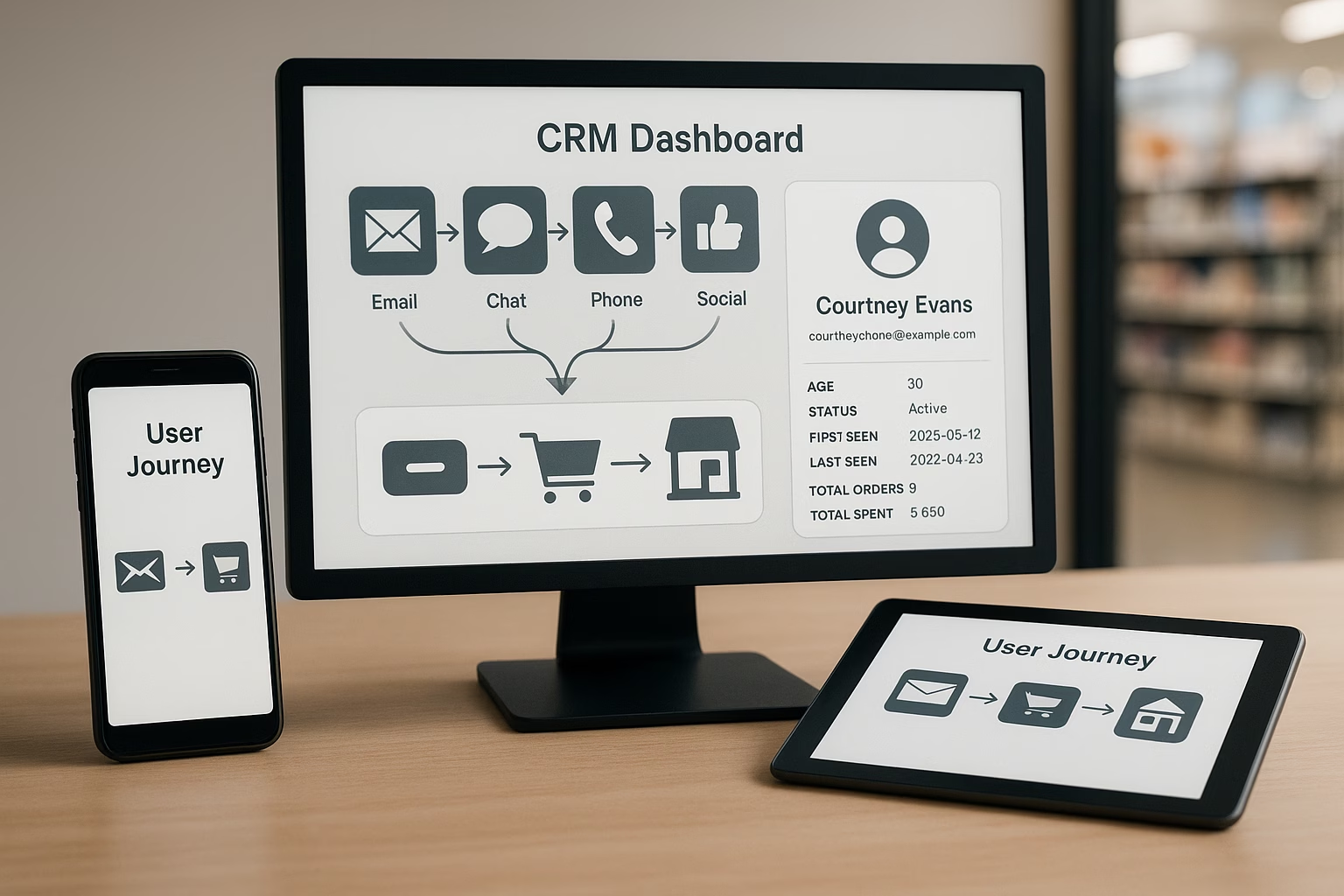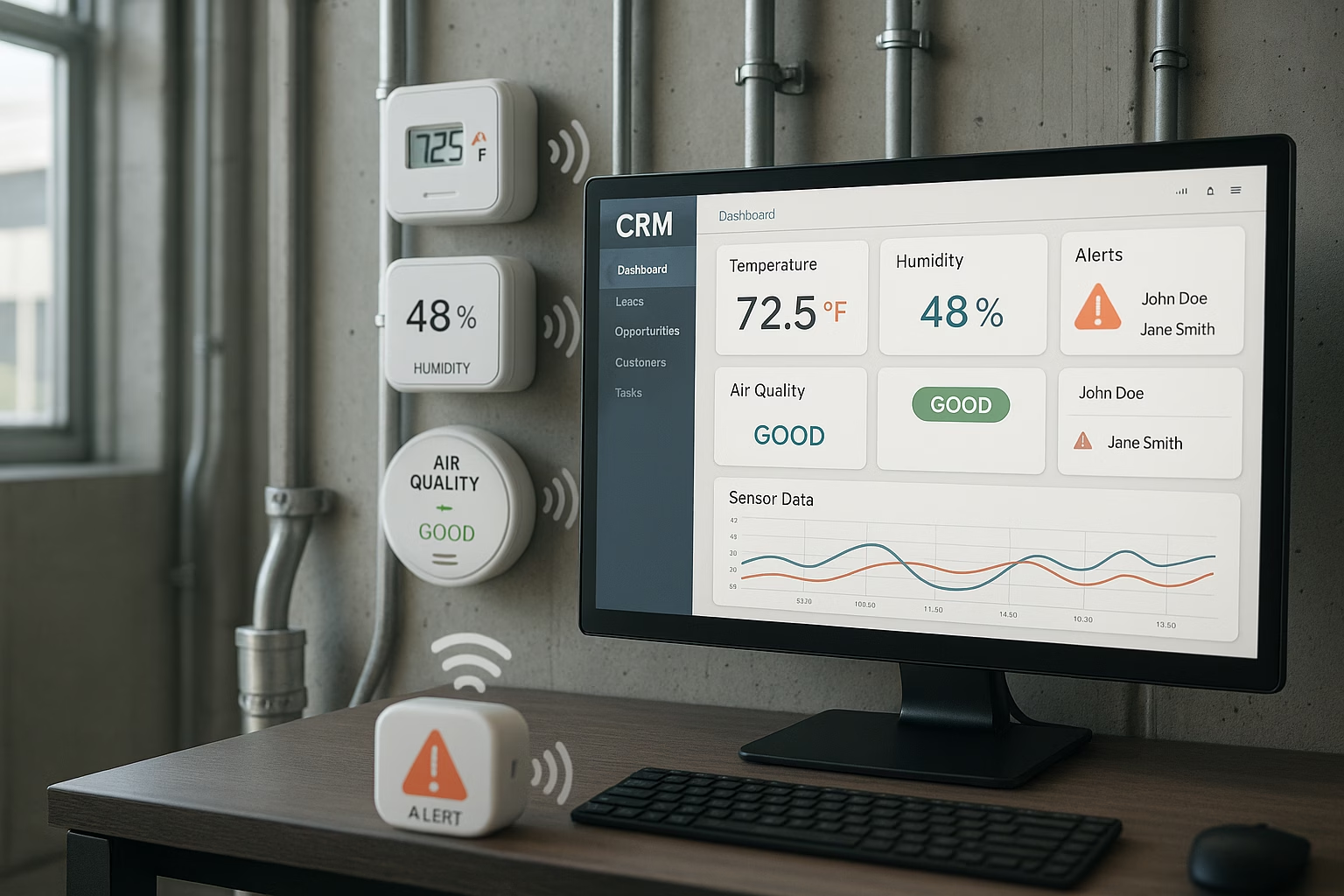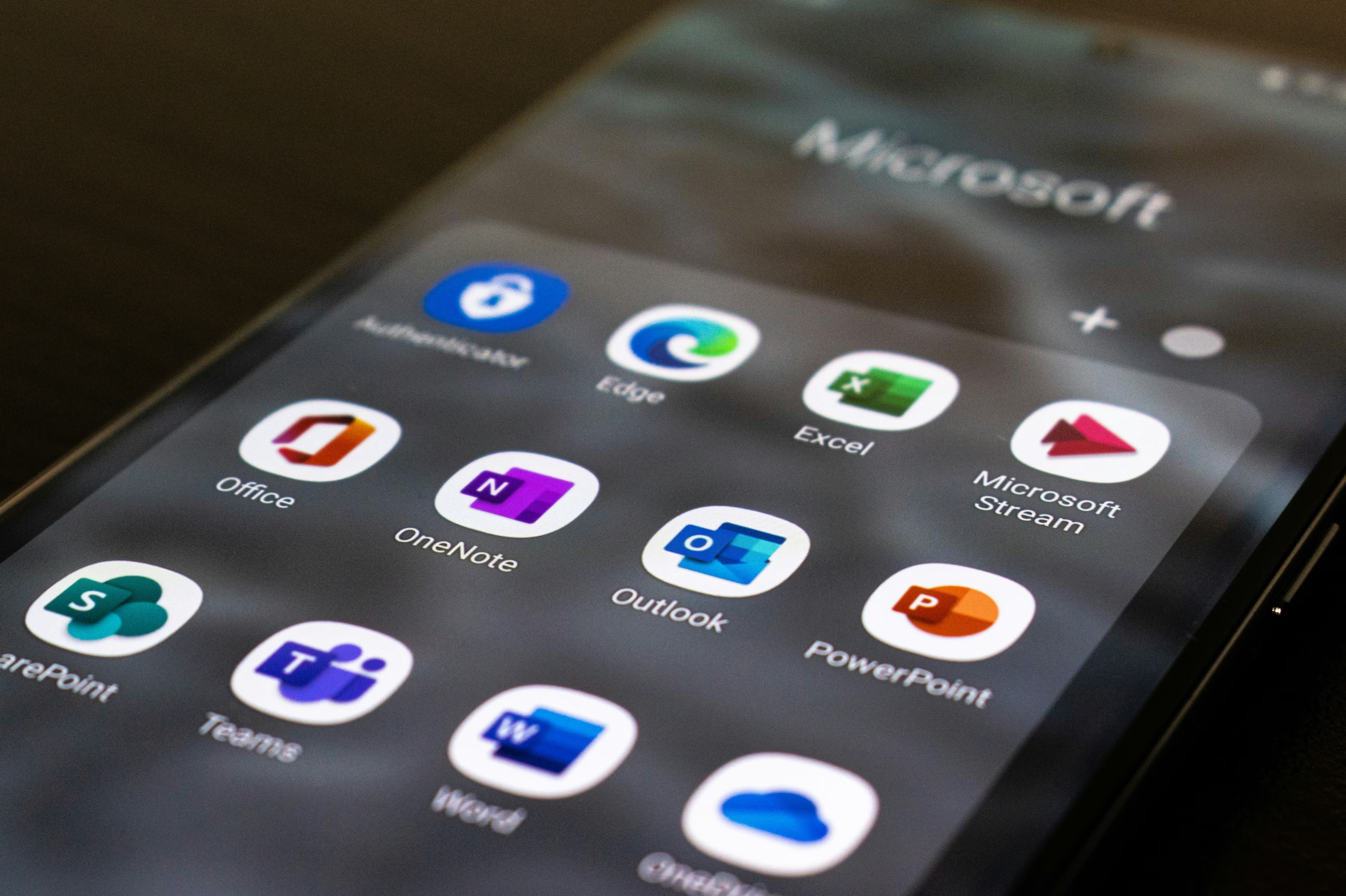Every business says they’re “omnichannel.” The problem is, most aren’t. What they really have is a handful of disconnected channels patched together with good intentions and manual workarounds. The result? Repetition for the customer. Frustration for your teams. And data that doesn’t flow the way it should.
The illusion of omnichannel
If your live chat, WhatsApp messages, support inbox, and in-store visits don’t speak to each other, you’re not truly omnichannel. You’re multichannel at best. And while that may look impressive on the surface, it often means the customer has to start over every time they switch platforms. A Salesforce report found that 73% of customers expect companies to understand their needs and expectations, yet just 51% feel that happens consistently. That gap isn’t due to bad service. It’s usually due to broken context.
Where omnichannel breaks down
The technology stack is rarely the issue. Most businesses already have access to the platforms and tools they need. What’s missing is the orchestration. Messages get lost because no one owns the handoff. Campaigns fall flat because they don’t pull from shared data. Service agents can’t see that a customer has already spoken to sales. These are process gaps, not tech limitations. The failure point is almost always in alignment between teams, systems, and workflows.
What a working strategy actually looks like
The goal of omnichannel isn’t just to be present on every platform. It’s to create continuity across them. That means:
- A single view of the customer across all touchpoints
- Shared data informing every interaction
- Seamless handoffs between marketing, sales, and service
For example, if a customer clicks a campaign email, browses your site, and then messages your team on WhatsApp, your agents should see that journey and pick up from there. That level of integration isn’t just a CRM feature. It’s a process commitment. And we’re happy to help you get started.
People and process before platforms
True omnichannel performance starts with clarity: What does a consistent customer journey actually look like in your business? Where do transitions happen? Who’s responsible at each step? Once that’s clear, the technology becomes far more powerful. You can automate handoffs, personalise outreach, and prioritise high-impact interactions—because the groundwork is already in place. Gartner suggests that organisations with mature omnichannel capabilities retain 89% of their customers, compared to 33% for those with weak omnichannel strategies. That’s not about channel count. It’s about how well you connect them.
How Sirocco helps
At Sirocco, we help businesses stop chasing channels and start designing journeys. That means mapping customer touchpoints, identifying where context gets lost, and building integrations that support seamless engagement. We focus on people and process first, then align the tech to match. Whether it’s defining escalation rules between live chat and voice, connecting marketing signals to service workflows, or enabling true CRM visibility across platforms—our goal is the same: continuity that feels effortless to the customer. If you’ve invested in omnichannel tools but still feel disjointed, you’re not alone. The difference isn’t more channels—it’s smarter orchestration.
LinkedIn caption:
Omnichannel isn’t about being everywhere—it’s about making everywhere feel connected. Too many strategies break at the handoff between teams or tools. We dive into why that happens and what it takes to build customer journeys that actually work. If your CRM still treats each touchpoint in isolation, this one’s for you.










